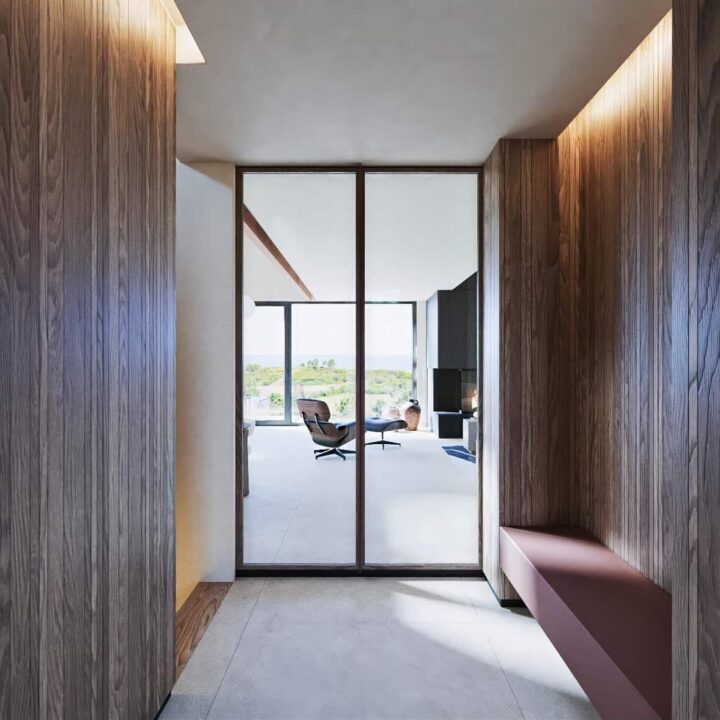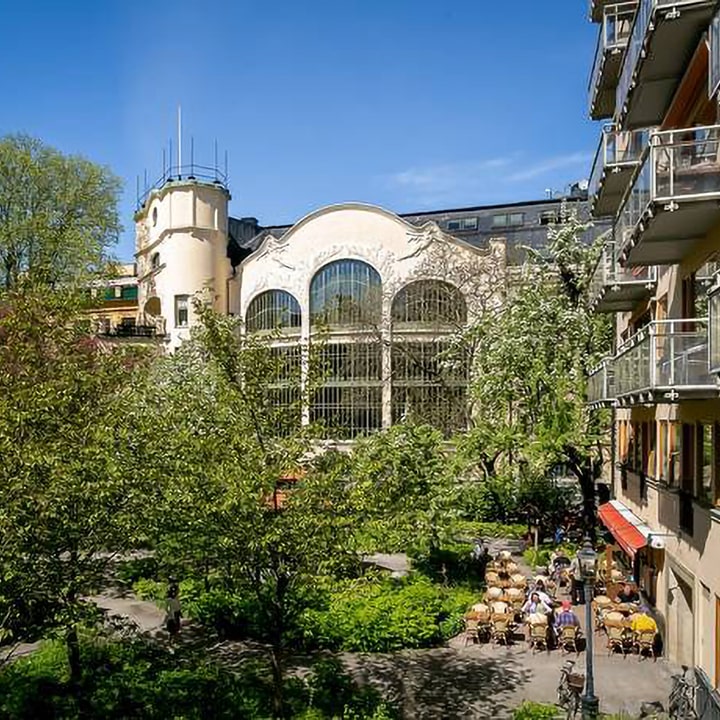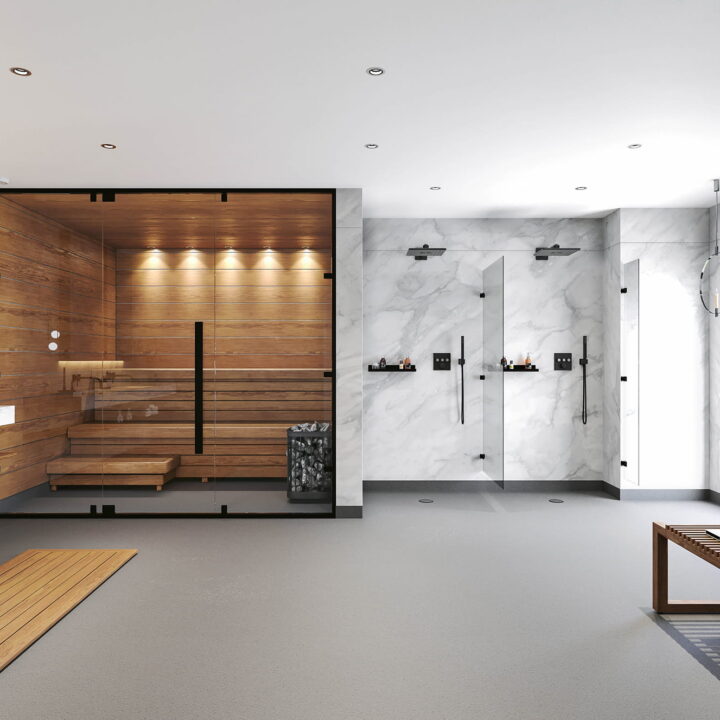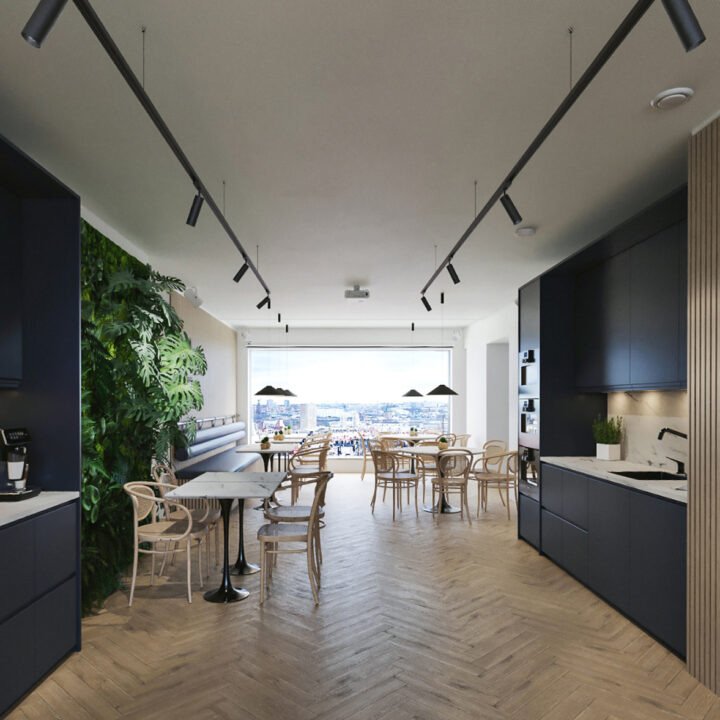Architectural Design
Architectural Design
Architectural Design That Turns Vision Into Reality:
Every great building starts with a vision, but bringing that vision to life requires more than creativity. It demands clarity, strategy, and a design process that aligns your goals with real-world constraints, such as budget, timeline, and buildability. The wrong design partner can leave you with something that looks good on paper but fails to function in reality—or worse, something that never gets built at all.
At Creative Visual Studio, we’ve developed a straightforward architectural design process that guides you through every step—from the first concept to the final blueprints—so you can move forward with confidence.


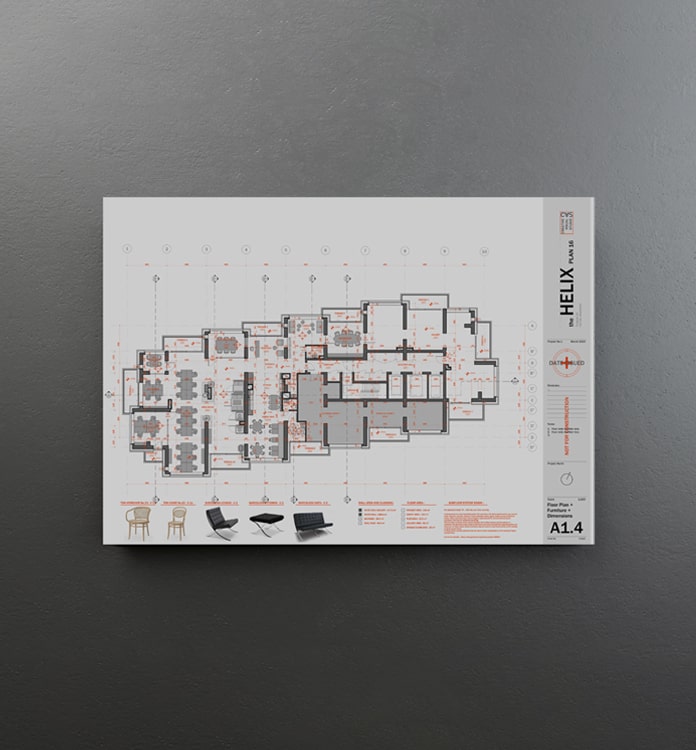

How Our Architectural Design Process Works:
1. Initial Consultation & Project Brief
We begin by diving deep into your project goals, site conditions, budget, and target market. This stage sets the foundation, ensuring your design meets real needs and aligns with your vision.
2. Concept Design & Feasibility
Our team develops initial sketches and massing models that explore different ways to maximise the site’s potential and satisfy planning requirements. You’ll see a range of ideas so you can choose the best path forward.
3. Schematic Design
Here, we refine the chosen concept with floor plans, elevations, and 3D models. We focus on how the building functions, how spaces relate, and how it integrates with its surroundings.
4. Design Development
We add detail to the plans—materials, structural elements, building systems, and design features—all while making sure your budget and schedule stay on track.
5. Construction Documentation
We produce detailed, precise drawings and specifications that your contractors use to build. These documents reduce uncertainty, avoid costly mistakes, and ensure quality execution.
6. Building Permit Support
We prepare all the necessary documents and liaise with local authorities to secure building permits, streamlining approvals so your project can start on time.
7. Construction Oversight (Optional)
If you want, we can support you during construction, reviewing progress and solving problems to keep your project on course.
Why This Process Works for Developers and Property Owners
We don’t just design buildings—we design market-ready assets. Every step is focused on delivering value, minimising risk, and creating spaces that sell faster and attract better tenants or buyers.
You’ll never be left wondering where the project stands. With regular updates and transparent communication, you’re always in control.
Partnering with Creative Visual Studio means choosing an architectural design team that makes complex projects simple, clear, and achievable. We deliver market-ready buildings that attract buyers and reduce risk, giving you the confidence and clarity to move forward without hesitation.
Let’s start building your vision today.



